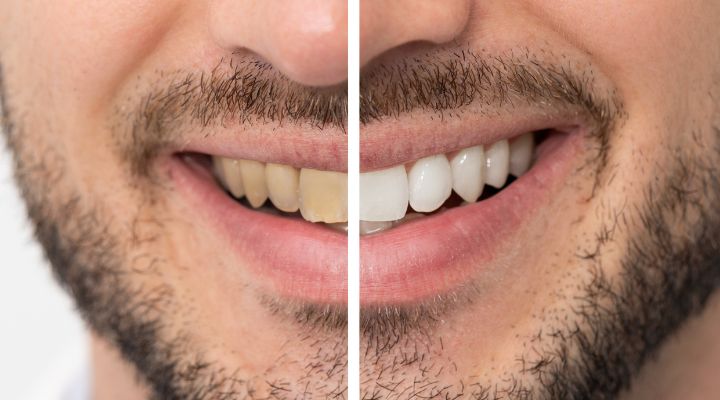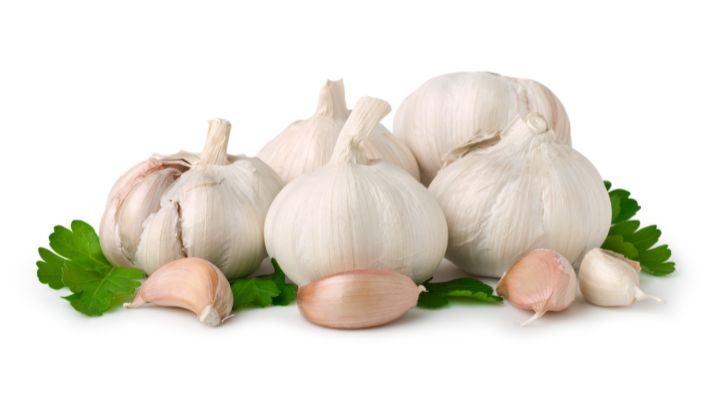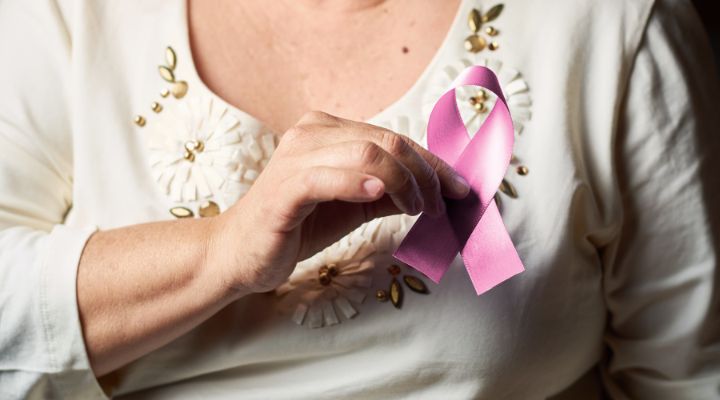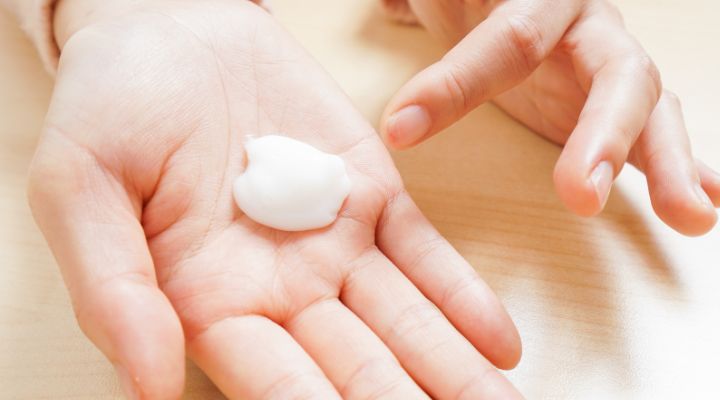Heart attacks, also known as myocardial infarctions, are serious medical emergencies that occur when the blood supply to the heart is blocked or reduced. This deprives the heart muscle of oxygen, leading to damage or death of the tissue. Despite the severity of heart attacks, research suggests that a significant proportion of them could be prevented through simple lifestyle modifications and proactive health management.
Introduction: Understanding Heart AttacksDefining Heart Attacks
A heart attack occurs when the flow of blood to a section of the heart is blocked, typically by a buildup of fatty deposits or plaque in the coronary arteries.
Importance of Prevention
Prevention is crucial because heart attacks can lead to serious complications, including heart failure and death. Taking proactive steps to reduce the risk of heart attacks is paramount for maintaining overall heart health.
Maintain a Healthy DietImportance of a Balanced Diet
A balanced diet rich in fruits, vegetables, whole grains, and lean proteins provides essential nutrients and helps maintain a healthy weight, reducing the risk of heart disease.
Foods to Include and Avoid
Incorporating foods high in fiber, omega-3 fatty acids, and antioxidants can promote heart health, while limiting saturated fats, cholesterol, and sodium is essential for preventing plaque buildup in the arteries.
Regular ExerciseBenefits of Physical Activity
Regular exercise strengthens the heart muscle, improves circulation, lowers blood pressure, and helps manage weight, all of which contribute to reducing the risk of heart attacks.
Recommended Exercise Regimens
Engaging in aerobic activities such as walking, jogging, swimming, or cycling for at least 30 minutes most days of the week can significantly improve cardiovascular health.
Manage Stress EffectivelyImpact of Stress on Heart Health
Chronic stress can contribute to high blood pressure, inflammation, and unhealthy coping mechanisms such as overeating or smoking, all of which increase the risk of heart disease.
Stress-Relief Techniques
Practicing relaxation techniques such as deep breathing, meditation, yoga, or engaging in hobbies can help alleviate stress and promote emotional well-being.
Quit SmokingDangers of Smoking on Heart Health
Smoking damages the blood vessels, reduces oxygen in the blood, increases heart rate, and raises blood pressure, making it one of the leading causes of heart disease.
Strategies for Smoking Cessation
Seeking support from healthcare professionals, using nicotine replacement therapies, joining smoking cessation programs, and avoiding triggers can aid in successfully quitting smoking.
Limit Alcohol IntakeEffects of Excessive Alcohol Consumption
While moderate alcohol consumption may have some cardiovascular benefits, excessive drinking can raise blood pressure, contribute to obesity, and increase the risk of heart disease.
Guidelines for Moderate Drinking
Moderation is key, with recommended limits being no more than one drink per day for women and two drinks per day for men.
Monitor Blood Pressure and Cholesterol LevelsUnderstanding the Role of Blood Pressure and Cholesterol
High blood pressure and high cholesterol are major risk factors for heart disease, making regular monitoring and management essential for heart health.
Methods for Monitoring and Maintaining Healthy Levels
Regular blood pressure checks, cholesterol screenings, and adherence to prescribed medications or lifestyle changes can help control these risk factors.
Importance of Regular Check-upsRoutine Health Screenings
Regular visits to healthcare providers for check-ups and screenings can help detect and manage risk factors for heart disease early.
Consulting Healthcare Professionals
Seeking guidance from healthcare professionals regarding personalized prevention strategies and treatment options is crucial for maintaining heart health.
Promoting Heart Health AwarenessEducating Others
Spreading awareness about the importance of heart health through education campaigns, community outreach, and social media can empower individuals to make positive lifestyle changes.
Advocating for Healthy Lifestyle Choices
Encouraging policymakers to support initiatives that promote healthy environments, such as tobacco control measures, access to nutritious foods, and safe recreational spaces, can create lasting impacts on population health.
Conclusion
In conclusion, adopting a heart-healthy lifestyle can significantly reduce the risk of heart attacks and promote overall well-being. By following these five simple steps – maintaining a healthy diet, engaging in regular exercise, managing stress effectively, quitting smoking, and limiting alcohol intake – individuals can take proactive control of their heart health and work towards preventing heart attacks.










